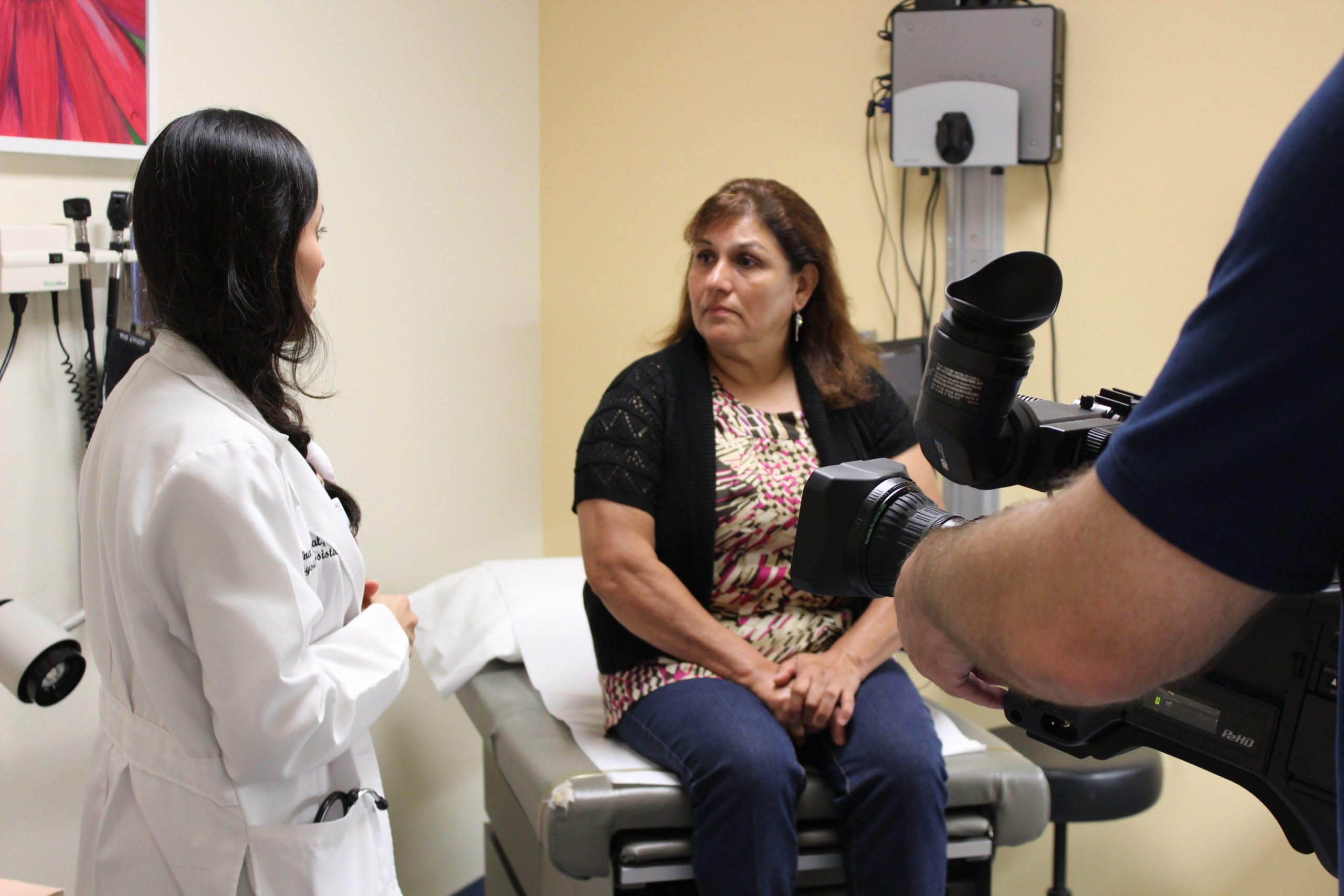
According to a recent report published by the Trust for America’s Health, Health Profession Service Shortage Areas (HPSAs) are on the rise after two years of promising decrease.
In 2013, Texas experienced a 20% decrease in Primary Care HPSAs, with further progress in 2014. However, this year has seen 6.5% increase in Primary Care HPSAs, with a total of 363 throughout the state.
Table 1: HPSAs in Texas, 2012-2015
|
Primary care HPSAs |
% change primary |
|
|
2012 |
444 |
|
|
2013 |
355 |
-20.05% |
|
2014 |
341 |
-3.94% |
|
2015 |
363 |
6.45% |
The importance of our primary care workforce cannot be emphasized enough. Studies consistently show “that a greater emphasis on primary care can be expected to lower the costs of care, improve health through access to more appropriate service, and reduce the inequities in the population’s health.” Today, despite the overwhelming amount spent on health care, the U.S. ranks at or near the bottom among high-income countries (many of whom prioritize primary care) on nearly all indicators of mortality, survival and life expectancy.” While this disparity in outcomes cannot be blamed solely on our neglect of primary care, no doubt it plays a substantial part in our nation’s health woes.
Texas’ rapidly growing and widely spread population create the perfect storm for maintaining our current shortage areas and perpetuating new ones. It will take a much more robust system of primary care than currently exists to handle our growing state.
Improving comprehensive primary care and access to care are a key part of our strategies to create transformational change in the Episcopal Diocese of Texas. We look forward to partnering on innovative initiatives for both maximizing the efficiency and capacity of our current workforce (ex. through tele-health, etc.) as well as putting more providers in high need areas. Still, deeply embedded causes of the shortage need to be addressed, most notably the billing and value systems that reward and prioritize specialists over primary care practitioners.
It is too early to make any assumptions about what one year of increase means for Texas, and hopefully this year is just an anomaly. But this fluctuation should serve as a reminder that actively working to strengthen primary care—in both numbers and accessibility—should be a paramount concern.
For more information on National Initiatives to strengthen Primary Care